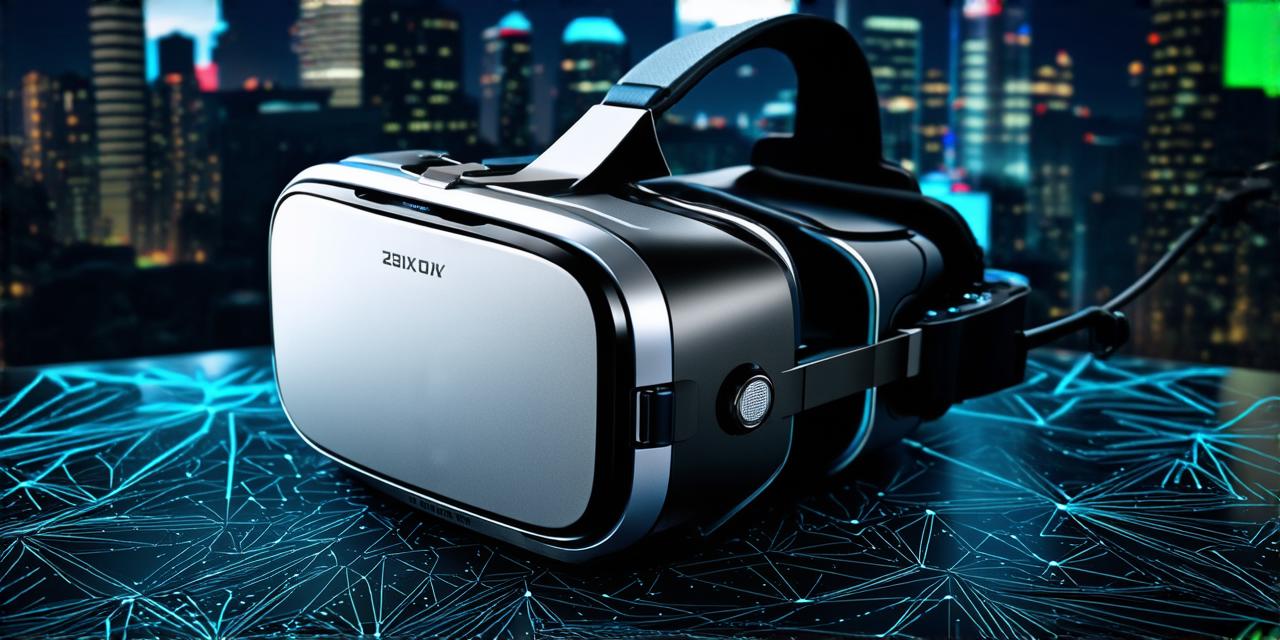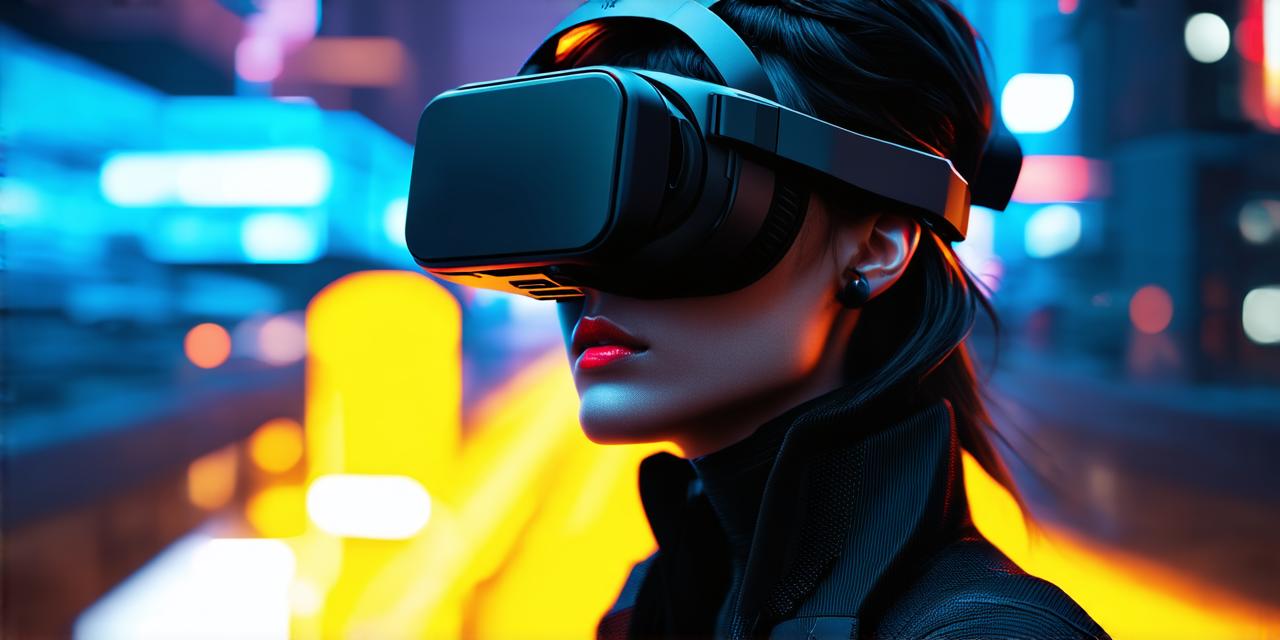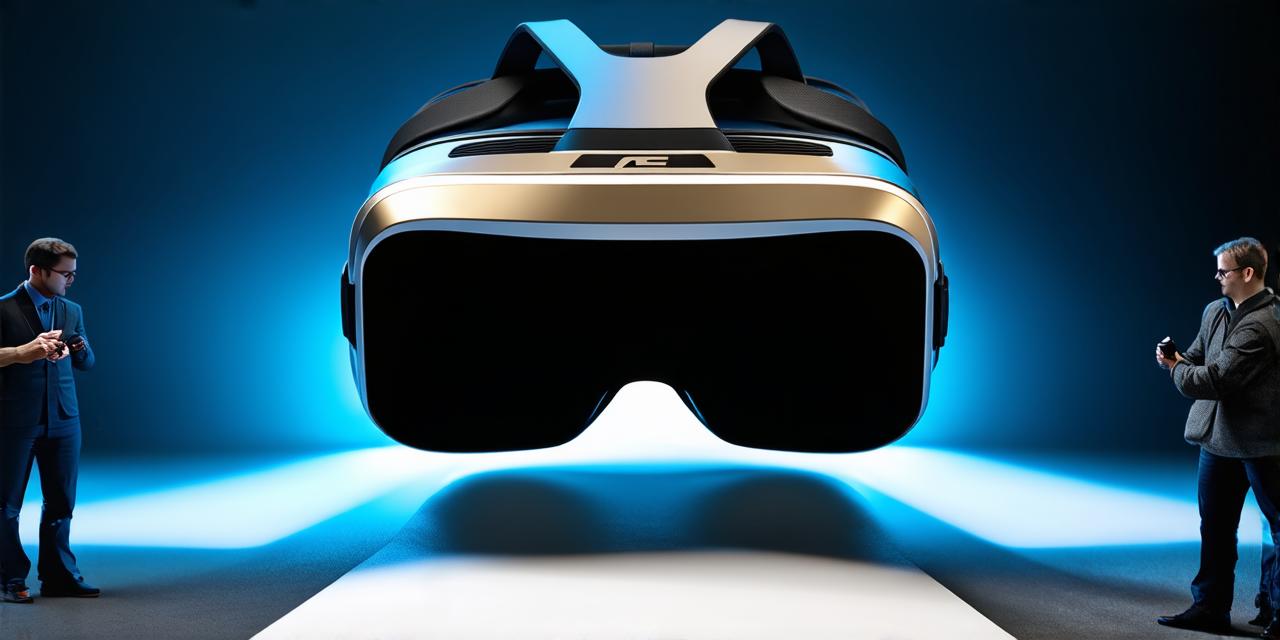Virtual Reality Risks and Tips for Minimizing Them
1. Motion sickness
Motion sickness is one of the most common issues associated with virtual reality. It occurs when the brain receives conflicting signals from the eyes and inner ear, leading to feelings of disorientation and nausea. This can be particularly problematic for people who are prone to motion sickness or those who spend extended periods in virtual environments.
2. Eye strain and fatigue
Virtual reality can be an intense experience, with users spending long periods in simulated environments. This can lead to eye strain and fatigue, which can have negative effects on overall health and well-being. To minimize this risk, it’s important to take frequent breaks and adjust the brightness and contrast settings of the virtual environment.
3. Addiction
Virtual reality can be incredibly immersive and engaging, leading some users to become addicted to spending time in simulated environments. This can have negative effects on real-life relationships and responsibilities, as well as lead to feelings of isolation and loneliness. It’s important to set limits on the amount of time spent in virtual reality and maintain a healthy balance between virtual and real-life experiences.

4. Health risks
There are some potential health risks associated with virtual reality, including seizures and heart attacks. These risks are generally low, but they do exist. To minimize these risks, it’s important to follow manufacturer guidelines for using virtual reality equipment and avoid using it if you have a history of seizures or other medical conditions that could be affected by immersive environments.
5. Privacy concerns
Virtual reality technology can collect a significant amount of data about users, including their movements, behaviors, and even biometric information. This data can be used for targeted advertising or sold to third parties, raising privacy concerns. To minimize these risks, it’s important to use virtual reality equipment from reputable manufacturers and follow best practices for protecting your personal data.
Conclusion
In conclusion, while virtual reality technology has the potential to revolutionize many aspects of our lives, it also comes with its own set of risks that users should be aware of. By being mindful of these risks and taking steps to minimize them, users can enjoy the benefits of virtual reality without putting their health or privacy at risk.



